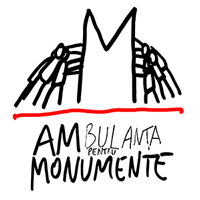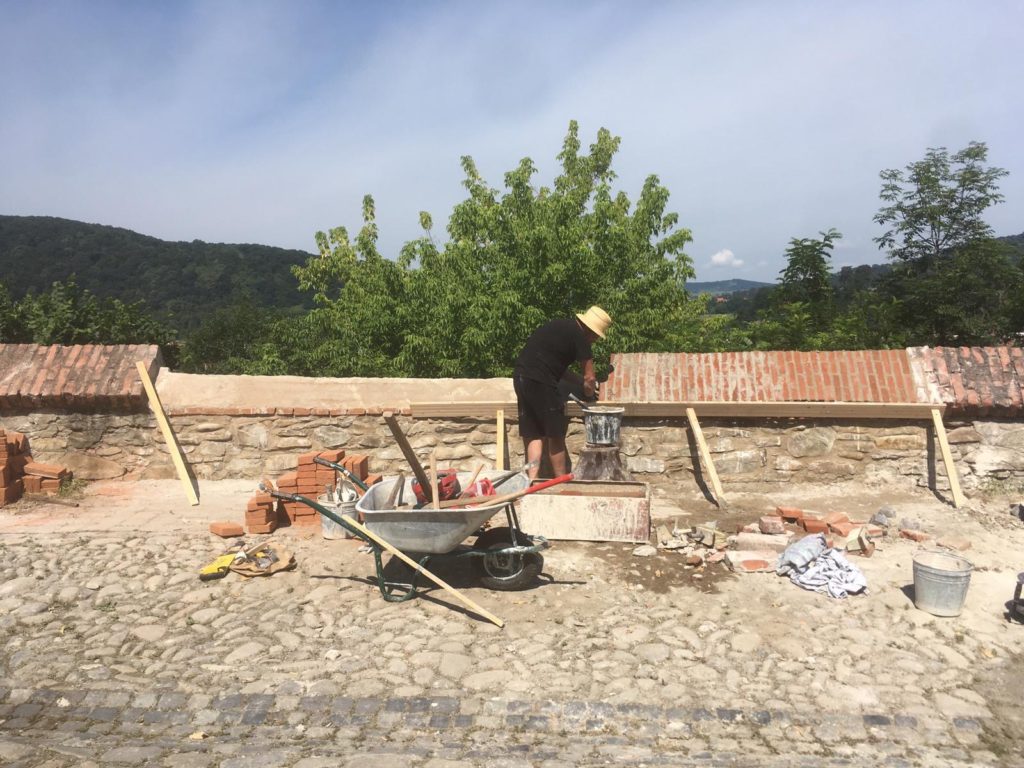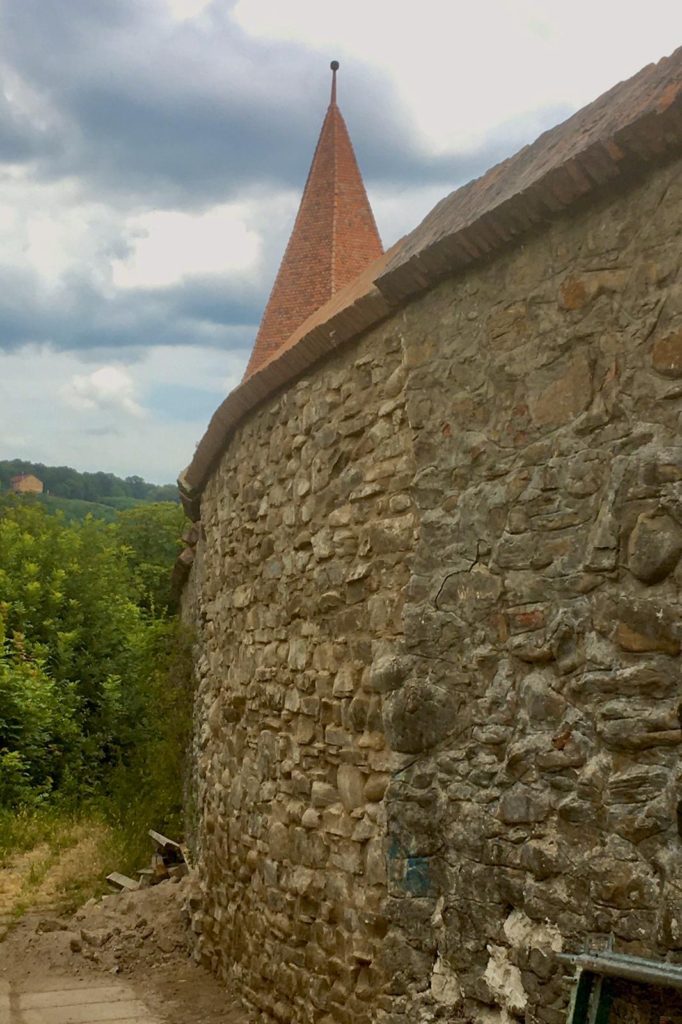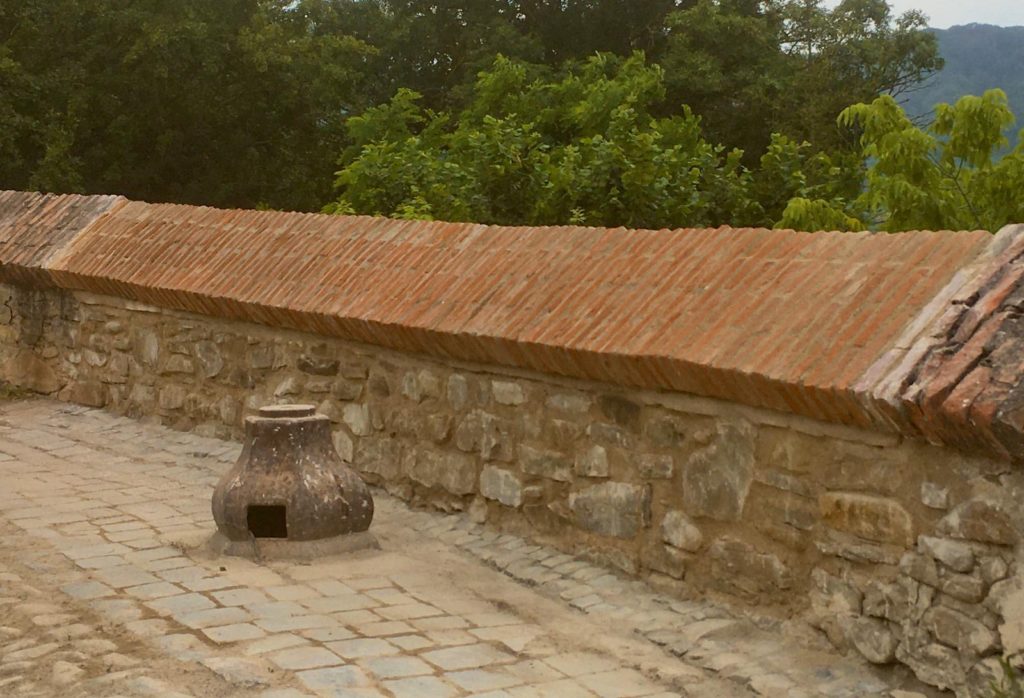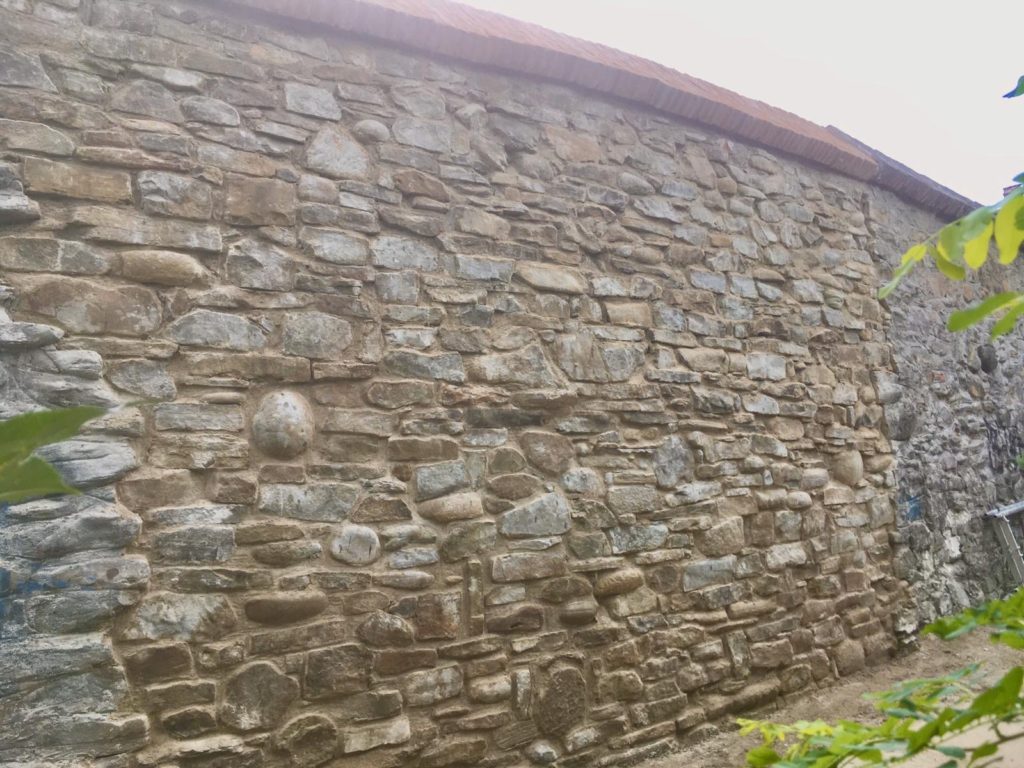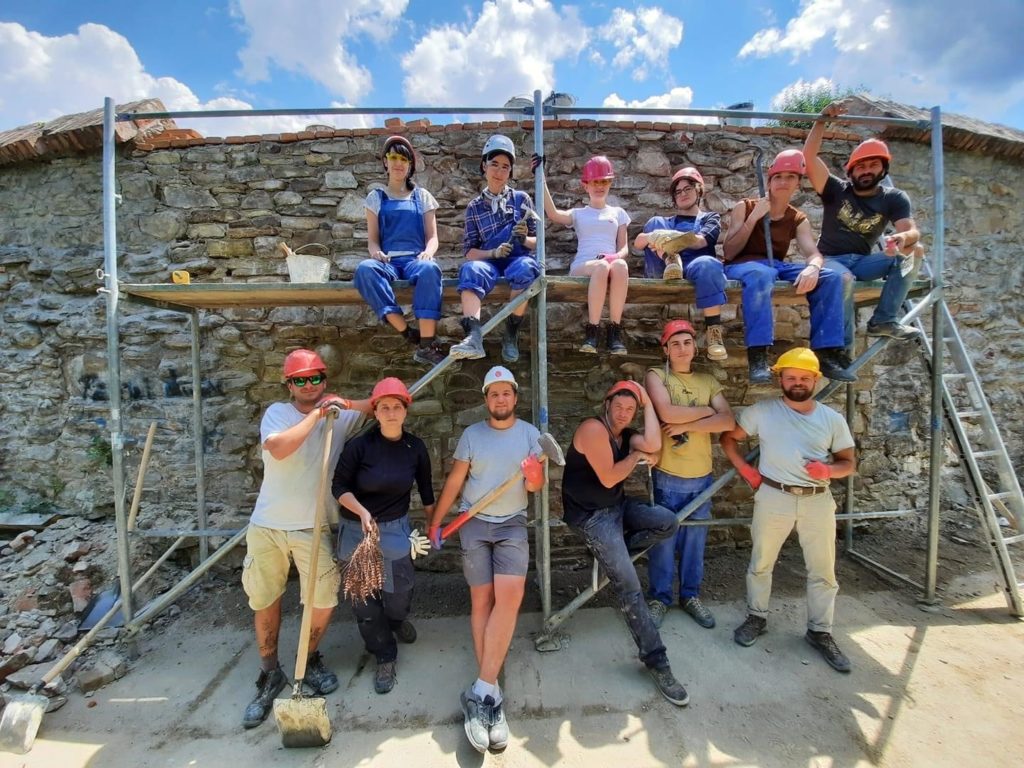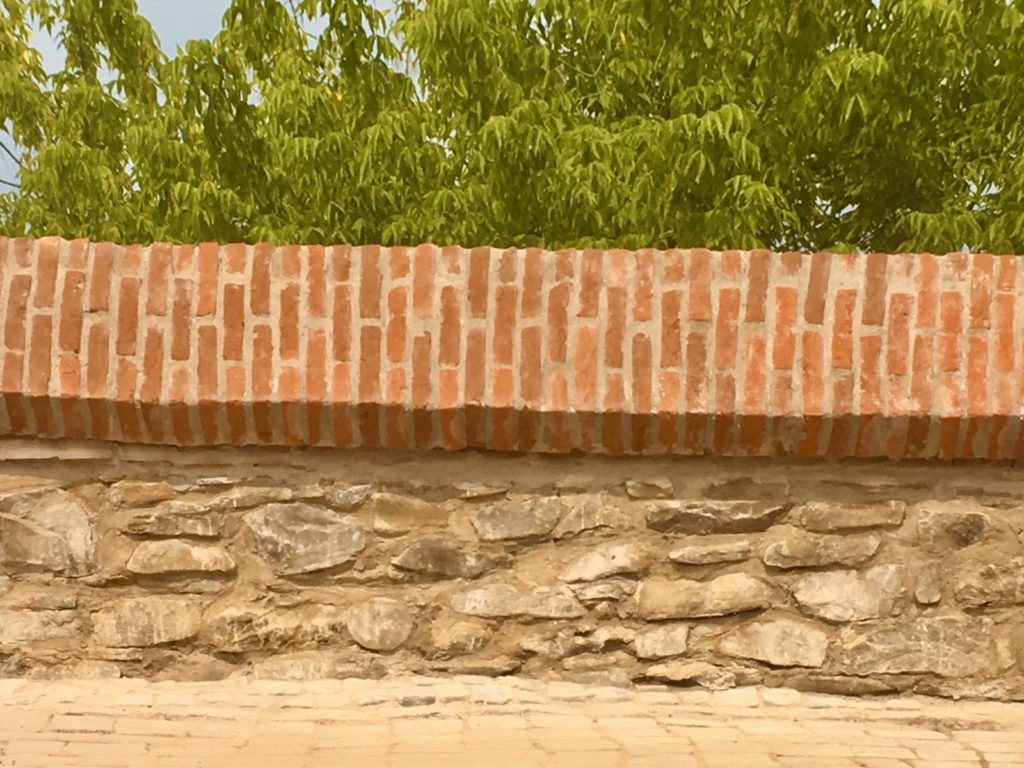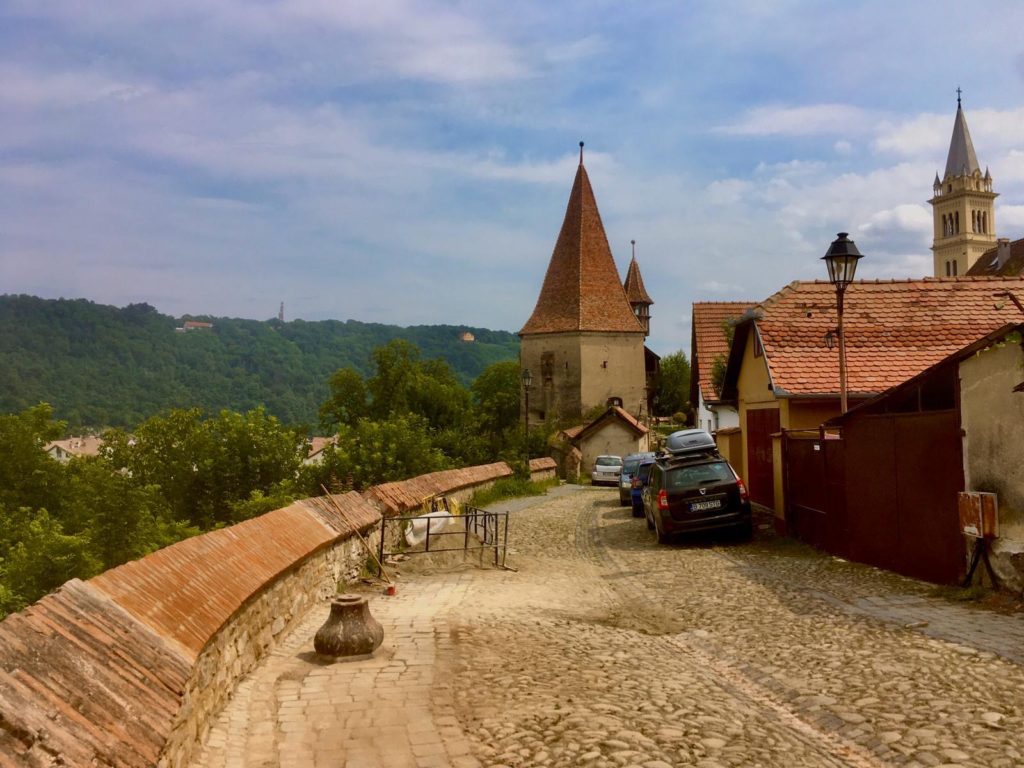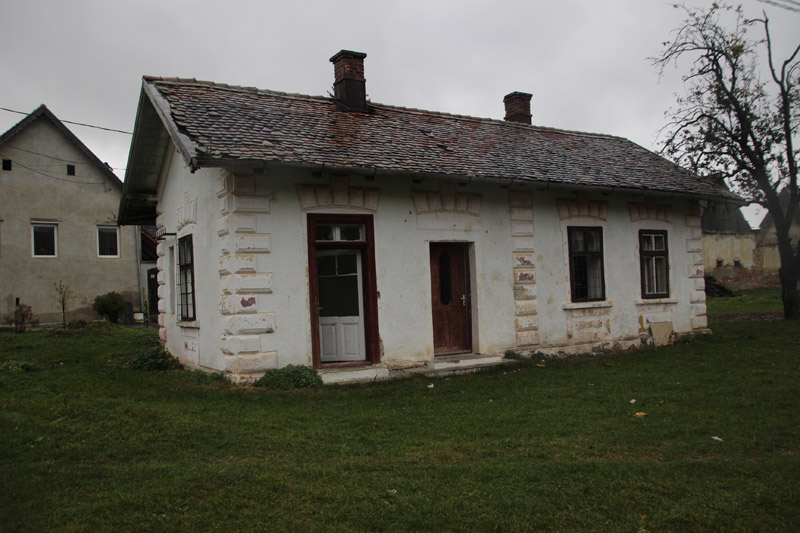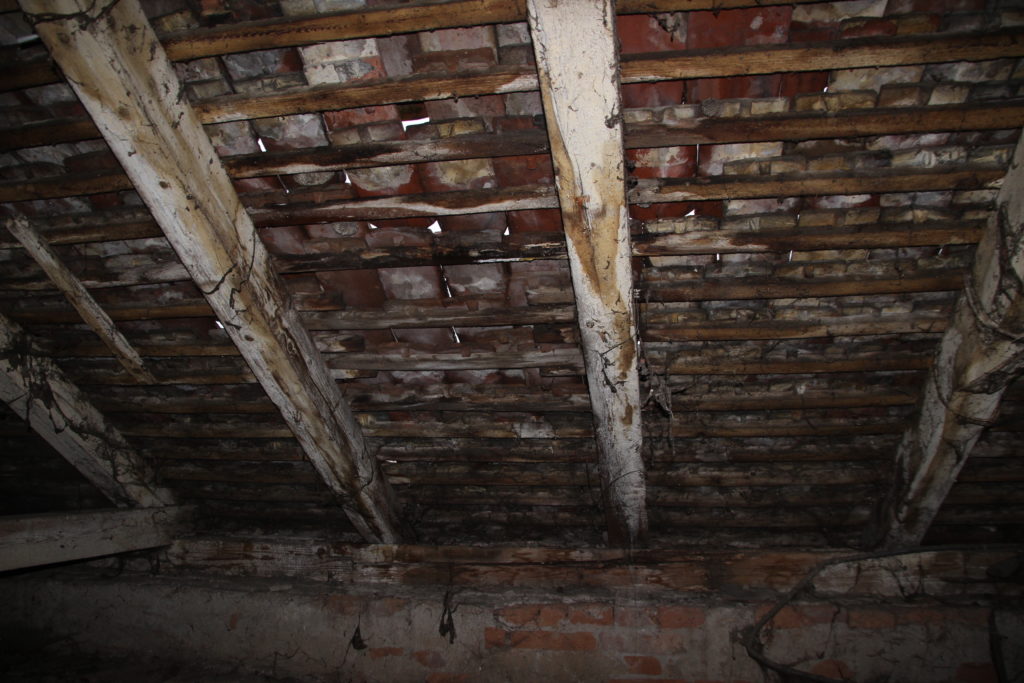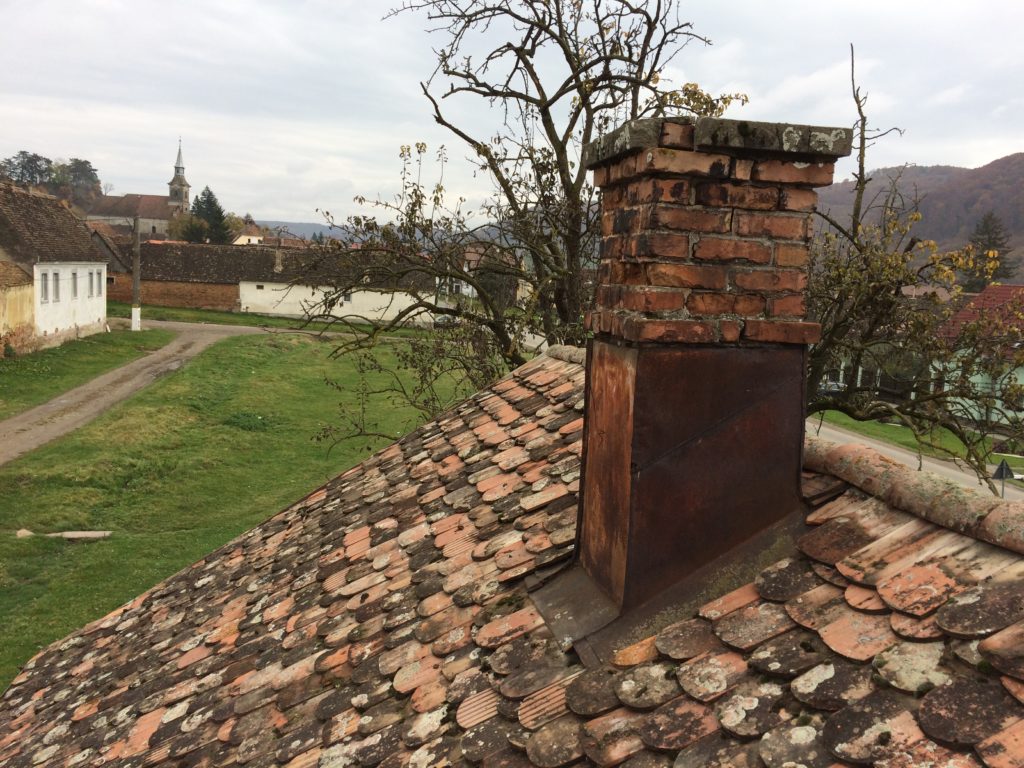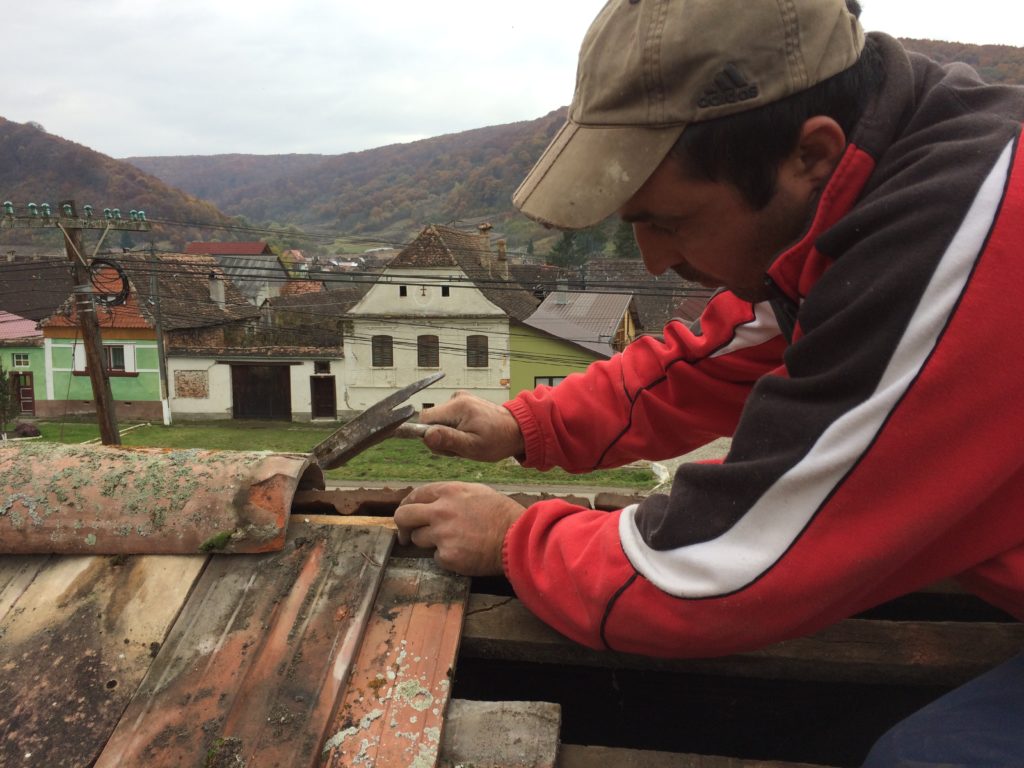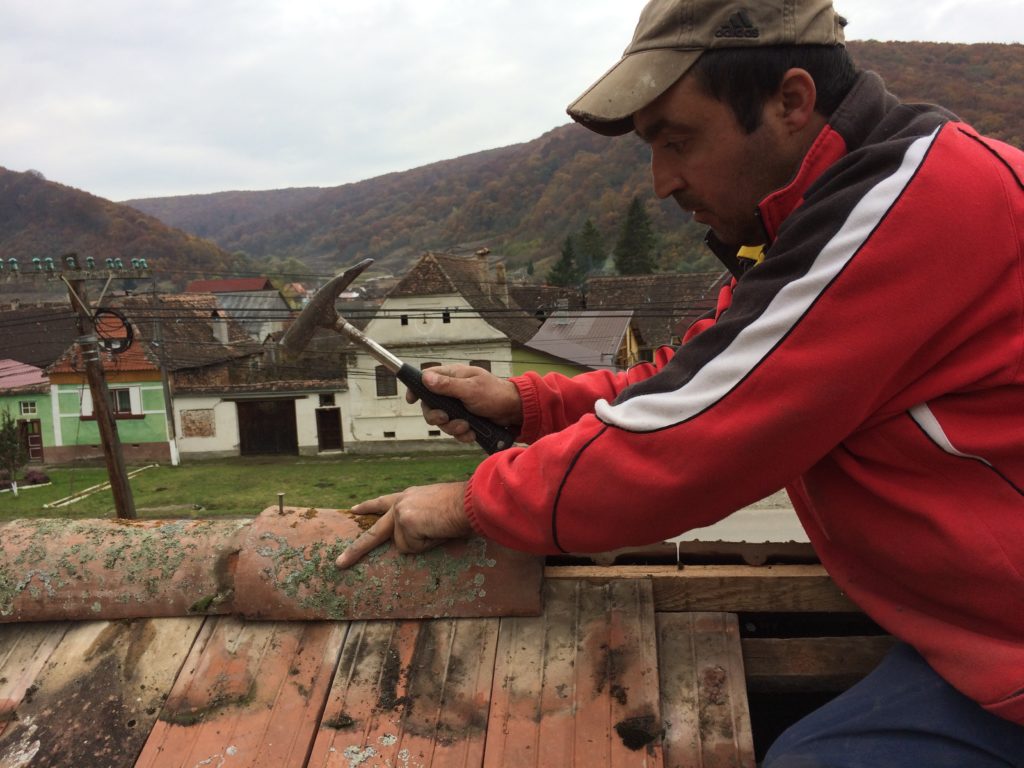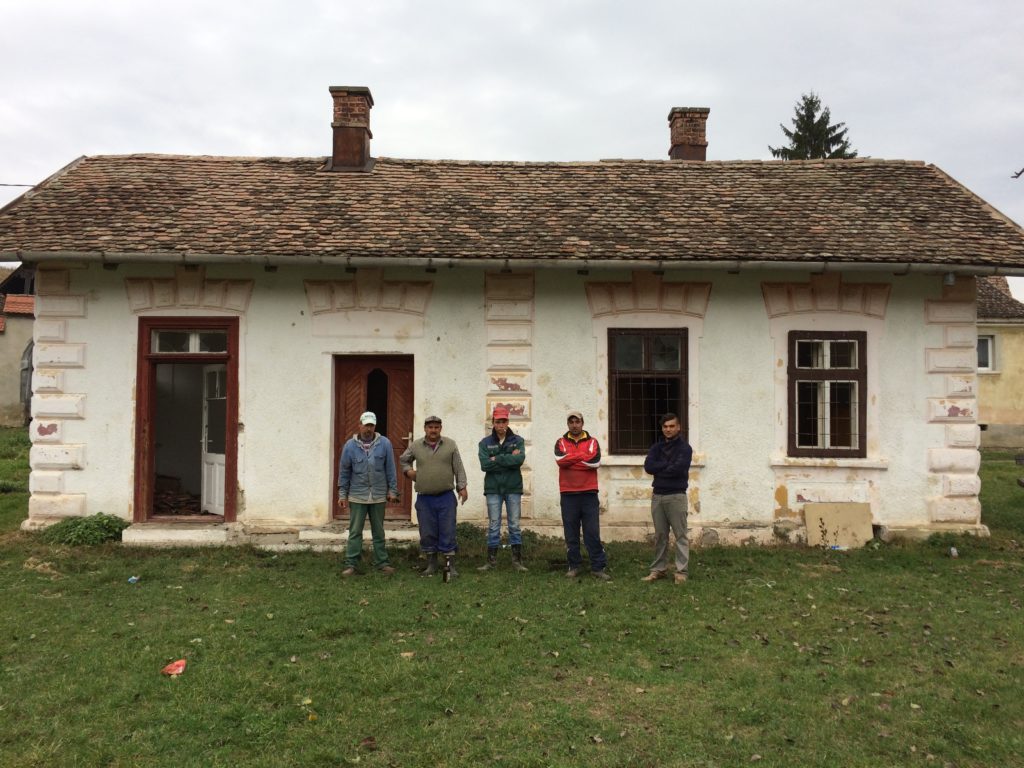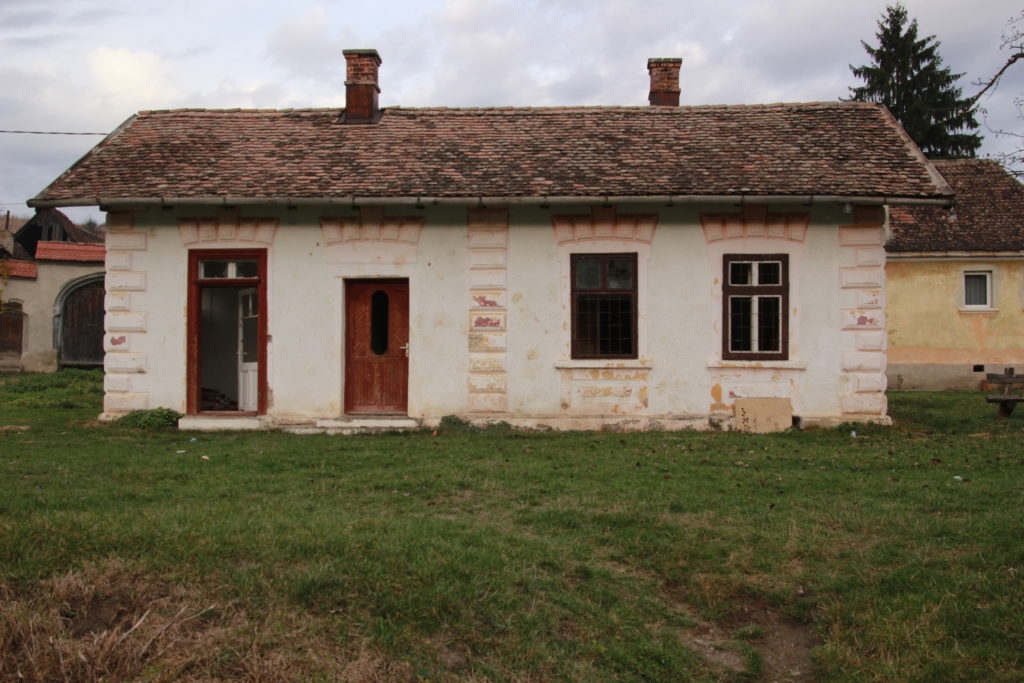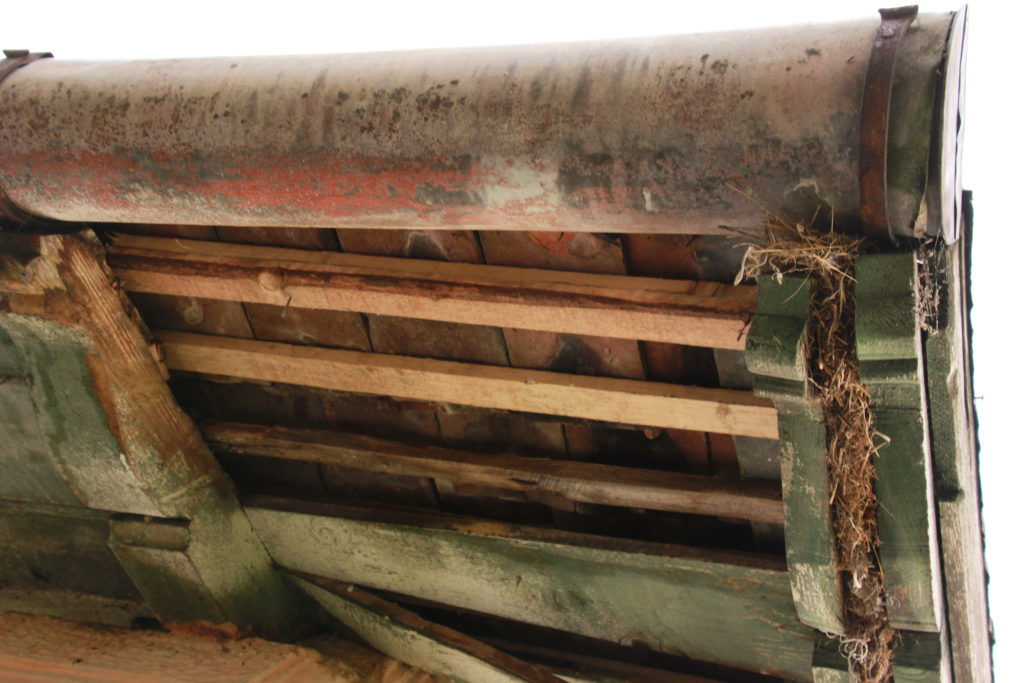Location: Sighișoara, jud. Sibiu
Category: Mures
Cuștelnic, The Orthodox Wooden Church
GENERAL PRESENTATION The wooden church dedicated to St. Nicholas is part of a smaller group of monuments located in the plains of Transylvania. It is included on the list of historical monuments issued in 2004 under the code MS-II-m-A-15647 and dated in 1780. The dating of the construction or the way in which it was […]
Veronica
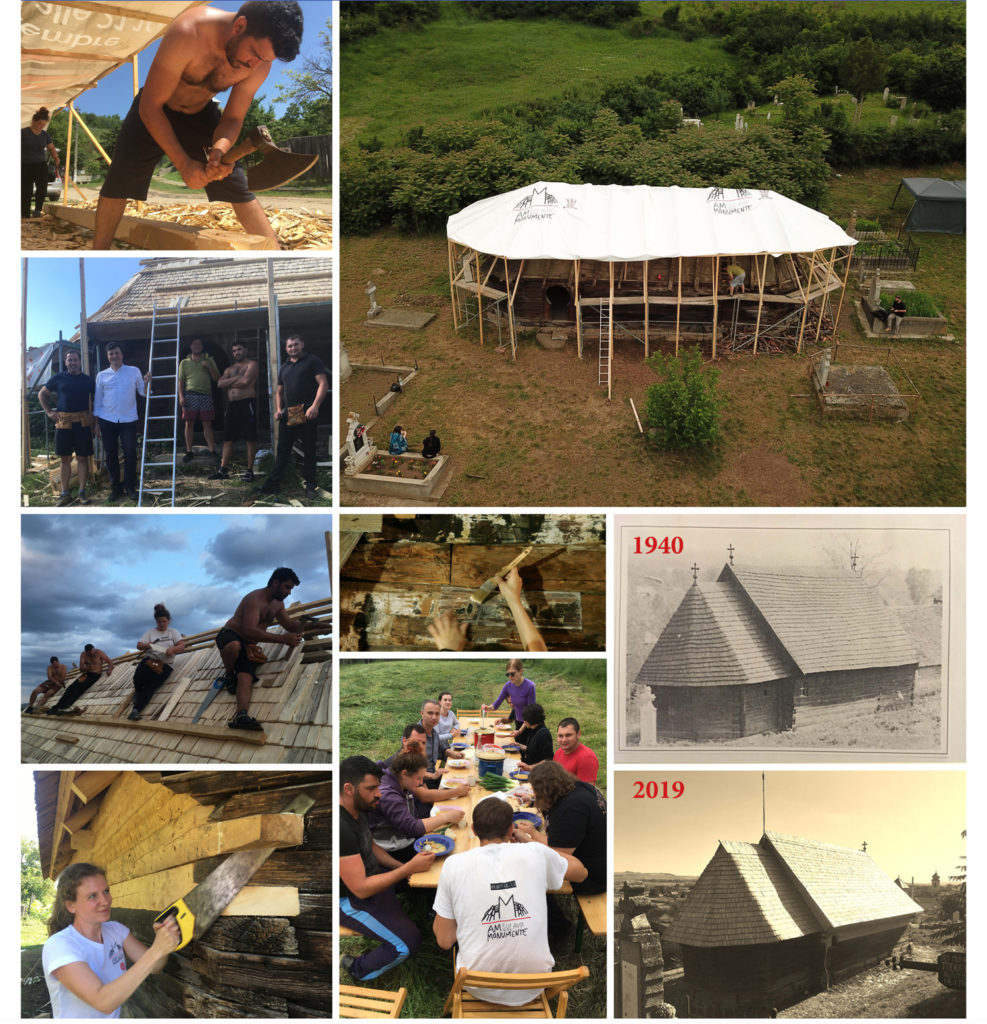
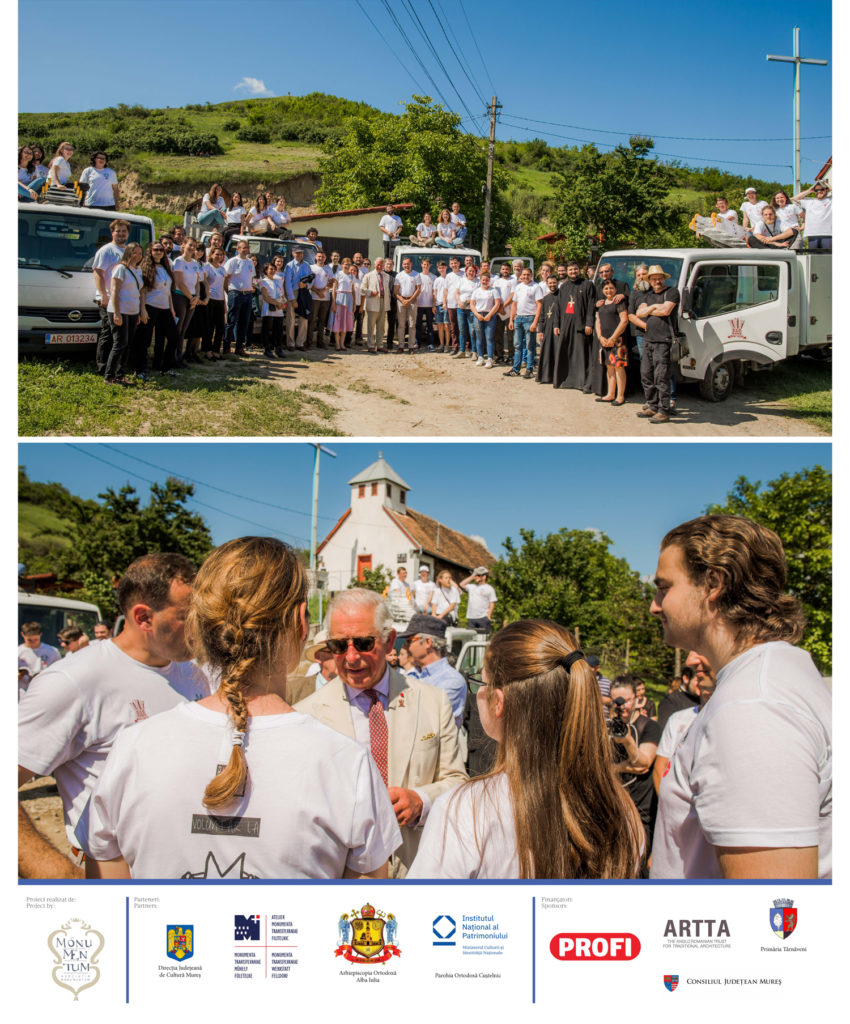
GENERAL PRESENTATION
The wooden church dedicated to St. Nicholas is part of a smaller group of monuments located in the plains of Transylvania. It is included on the list of historical monuments issued in 2004 under the code MS-II-m-A-15647 and dated in 1780.
The dating of the construction or the way in which it was built also raises the issue of its origin. According to tradition, the church was erected in 1751 with materials from the previous church located on a different hillside and mentioned by Micu Klein in the 1733 legal text and from another church coming from the Deda region and brought with rafts via the Ogra. The church is part of a more particular planimetric category that’s significant both due to its distant origins and as a unit within the Romanian space, with a ship-like blueprint, i.e. a rectangular ship with a polygonal apse unhooked on five sides to the east and the narthex to the west closed on three sides, without any unhooking while the entrance is placed on the southern side.
THE STATE BEFORE THE INTERVENTION
Upon the initial assessment of the intervention it was discovered that the roof degradation had accelerated lately; presently there are water infiltrations that endanger the roof structure and the mural painting. The laths are undersized and largely affected by rottenness. The existing lightning rod is degraded and no longer functional.
SAFETY INTERVENTION PROPOSAL
It was suggested to make the church safe again by repairing its roof and certain elements thereof and replacing the horizontal beams affected by
rottenness according to the biological expertise.
ACCOMPLISHED INTERVENTIONS
The object of the intervention consisted in the gradual dismantling of the shingle roof and the mounting of a new one made from the same material that was previously subject to a hydrophobic, antiseptic and antifungal treatment while observing the placement, size and technique used for the building of the previous roof and also replacing the roof elements and the horizontal beams with the help of volunteers and craftsmen. The painting from the intervention areas was secured with the help of experts and a new lightning rod was installed.
Filitelnic, The Precinct of the Fortified Church
GENERAL PRESENTATION The evangelical church in Filitelnic, dated in the 15th century, is surrounded by a polygonal precinct strengthened on the northern and southern sides with two towers. The last maintenance works were conducted in the 1980s, hence all the elements of the ensemble progressively deteriorated more or less severely (for instance, a vault inside […]
Veronica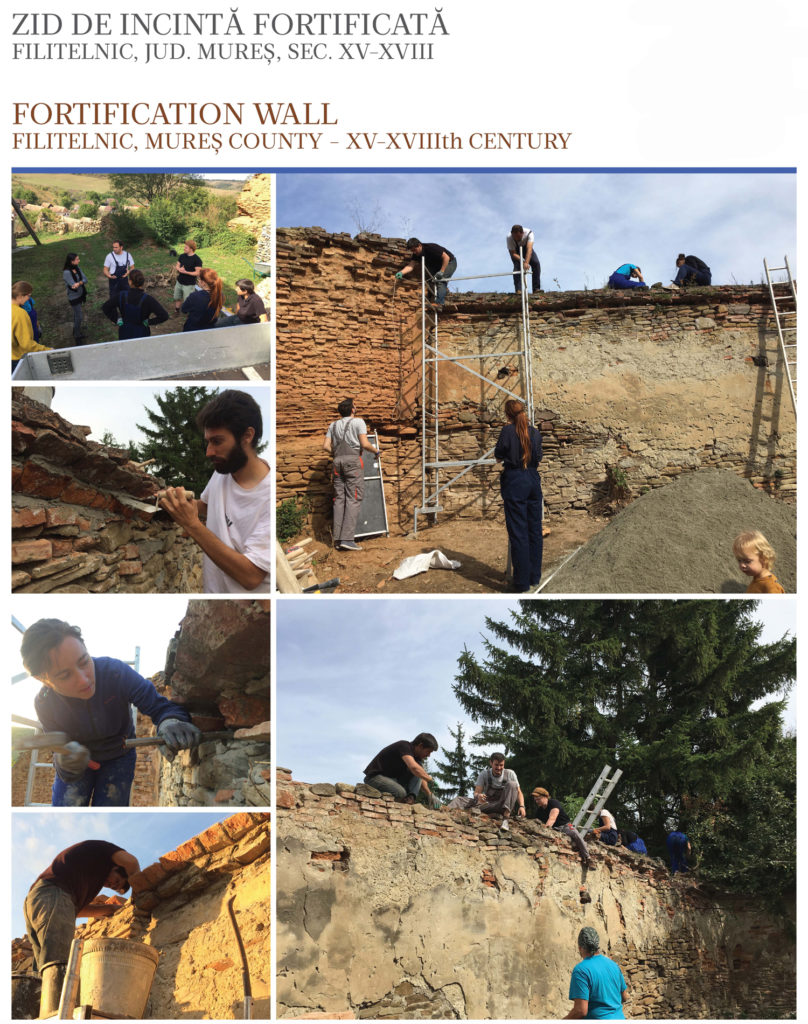
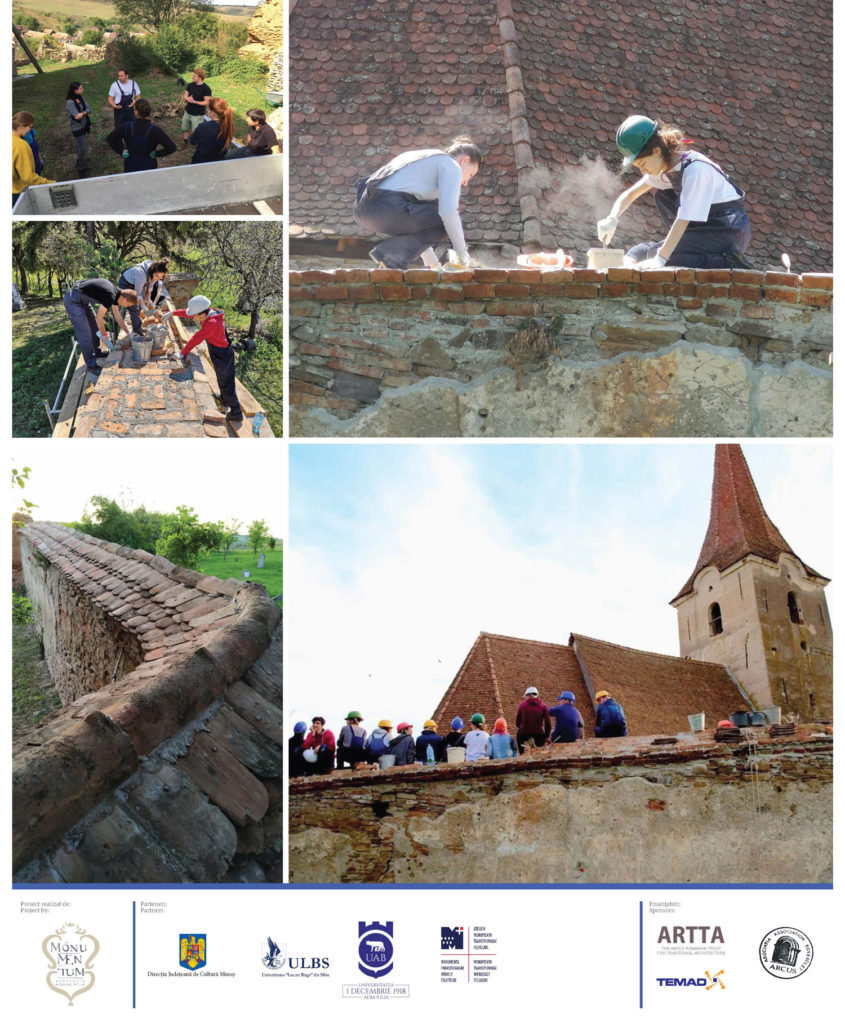
GENERAL PRESENTATION
The evangelical church in Filitelnic, dated in the 15th century, is surrounded by a polygonal precinct strengthened on the northern and southern sides with two towers. The last maintenance works were conducted in the 1980s, hence all the elements of the ensemble progressively deteriorated more or less severely (for instance, a vault inside the church collapsed). In the year 2010 the ensemble entered in the attention of Arcus Association and Monumenta Transsylvaniae group, with the mission to salvage and re-functionalise it.
THE STATE BEFORE THE INTERVENTION
The tiles which previously protected the fortification walls were degraded, thus allowing the water to infiltrate and to alter the mortars binding the masonry. Hence, the upper parts of the fortification walls were partially dismantled, thus being irregular, furthermore severely threatening the stability of the walls — which in some parts bent about 30 cm in the upper part, meaning it got inclined at about 100 from the vertical. The integrity of the mural inscriptions preserved on the outer plaster was also compromised.
SAFETY INTERVENTION PROPOSAL
In this case we proposed the cleaning of the wall from vegetation, earth and other deposits, followed by consolidation works of the masonry with
handmade bricks — also considering for this completion to be recognised as a contemporary intervention. In the most vulnerable part of the precinct
we proposed to build a buttress, necessary to sustain the wall and prevent its collapse. The buttress would have a medium section of 80×80 cm, built
from stone and traditional brick, bond with lime-based mortar, while closing the joints at the wall surface with hydraulic lime mortar.
ACCOMPLISHED INTERVENTIONS
The intervention started with the cleaning of the crown of the walls, also removing the damaged bricks; the latter were replaced with new, similar
ones, and bond with the mortars described in the proposal. The most complicated operation was the chamfering of the bricks necessary to complete the
eaves. The works were made possible by Arcus Association and Anglo Romanian Trust for Traditional Architecture (ARTTA). The tools were provided
by S.C. TEMAD CO SRL in Brașov.
Apold, C.F.R. Halt
GENERAL PRESENTATION Quite unusual, the train station is located in the center of the locality, in front of the evangelical church. This is one of the stations along the mountain train route Sibiu-Sighișoara (the famous locally named “mocăniță”). The building is rectangular, with only one level, and was built in two phases — of which […]
Veronica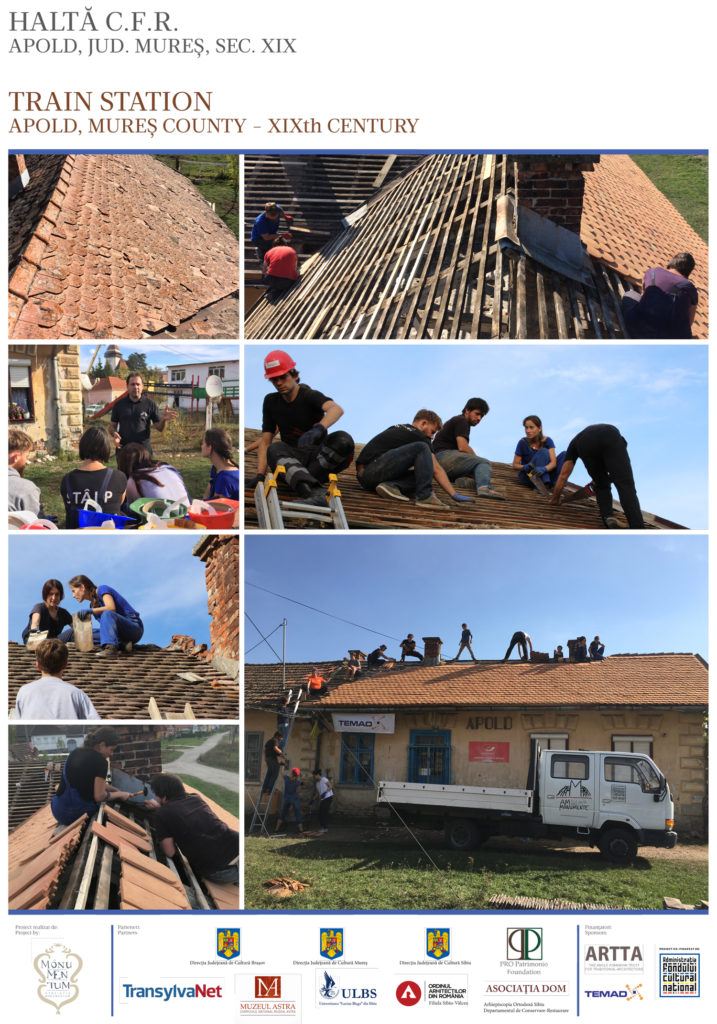
GENERAL PRESENTATION
Quite unusual, the train station is located in the center of the locality, in front of the evangelical church. This is one of the stations along the mountain train route Sibiu-Sighișoara (the famous locally named “mocăniță”). The building is rectangular, with only one level, and was built in two phases — of which the first is probably to be dated at the end of the 19th c. The monument still preserves the structure and the sober decoration of the time, with plaster embossment at the windows, but also for vertical elements at the corners; these were used in the following phase as well.
THE STATE BEFORE THE INTERVENTION
A part of the roof tiles degraded and some of them also fell, thus endangering the safety of the people passing by, but also of the roof structure. An emergency intervention was necessary in order to avoid the fall of other roofing elements.
SAFETY INTERVENTION PROPOSAL
We proposed the replacement and completion of the degraded or missing elements of the covering (laths and new handmade tiles).
ACCOMPLISHED INTERVENTIONS
The intervention was made according to the proposal. The handmade tiles were executed at the traditional tile-workshop in Apoș. The intervention
works were supported by CasApold Association, private donors (especially Reid family) and RomaniaOne Foundation. S.C. TEMAD CO SRL from Brașov offered the work equipment.
Şaeş, Halt
THE STATE BEFORE THE INTERVENTION The building was abandoned a few years ago. Because of the degradation of the rooftop, the water infiltrated and affected the original laths. SAFETY INTERVENTION PROPOSAL The proposal is to repair the roof by replacing the elements which suffered water infiltration, replacing the missing tiles and drainpipes and preventing […]
AlexTHE STATE BEFORE THE INTERVENTION
The building was abandoned a few years ago. Because of the degradation of the rooftop, the water infiltrated and affected the original laths.
SAFETY INTERVENTION PROPOSAL
The proposal is to repair the roof by replacing the elements which suffered water infiltration, replacing the missing tiles and drainpipes and preventing further leakages by closing the holes.
ACCOMPLISHED INTERVENTIONS
The whole historical tile roof was inspected by hand and the missing or degraded tiles were replaced with identical ones. The ridges were fixed with metal nails. A small number of degraded laths were replaced with new ones.
